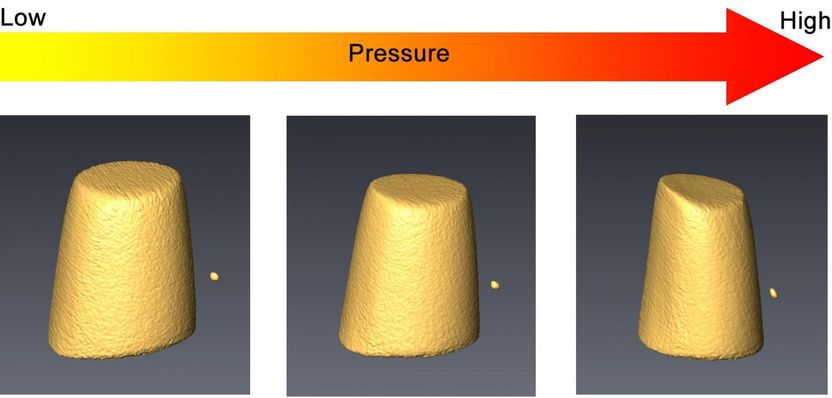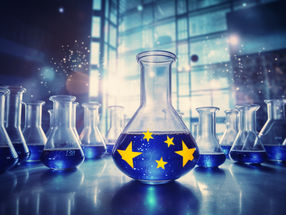Acrylamide included in the REACH Candidate List of Substances of Very High Concern for Authorisation
The European Chemicals Agency has added acrylamide (EC No 201-173-7 and CAS No 79-06-1)1 to the Candidate List of Substances Very High Concern (SVHC) for Authorisation. Companies who manufacture or import this substance need to check their potential obligations that result from the listing.
The decision as to whether Acrylamide needs to be subjected to authorisation will be taken later.
Acrylamide is almost exclusively used for the synthesis of polyacrylamides, which are used in various applications, in particular in waste water treatment and paper processing. Minor uses of acrylamide comprise the preparation of polyacrylamide gels for research purposes and as a grouting agent in civil engineering.eu
Most read news
Other news from the department politics & laws

Get the chemical industry in your inbox
By submitting this form you agree that LUMITOS AG will send you the newsletter(s) selected above by email. Your data will not be passed on to third parties. Your data will be stored and processed in accordance with our data protection regulations. LUMITOS may contact you by email for the purpose of advertising or market and opinion surveys. You can revoke your consent at any time without giving reasons to LUMITOS AG, Ernst-Augustin-Str. 2, 12489 Berlin, Germany or by e-mail at revoke@lumitos.com with effect for the future. In addition, each email contains a link to unsubscribe from the corresponding newsletter.
Most read news
More news from our other portals
See the theme worlds for related content
Topic world Synthesis
Chemical synthesis is at the heart of modern chemistry and enables the targeted production of molecules with specific properties. By combining starting materials in defined reaction conditions, chemists can create a wide range of compounds, from simple molecules to complex active ingredients.
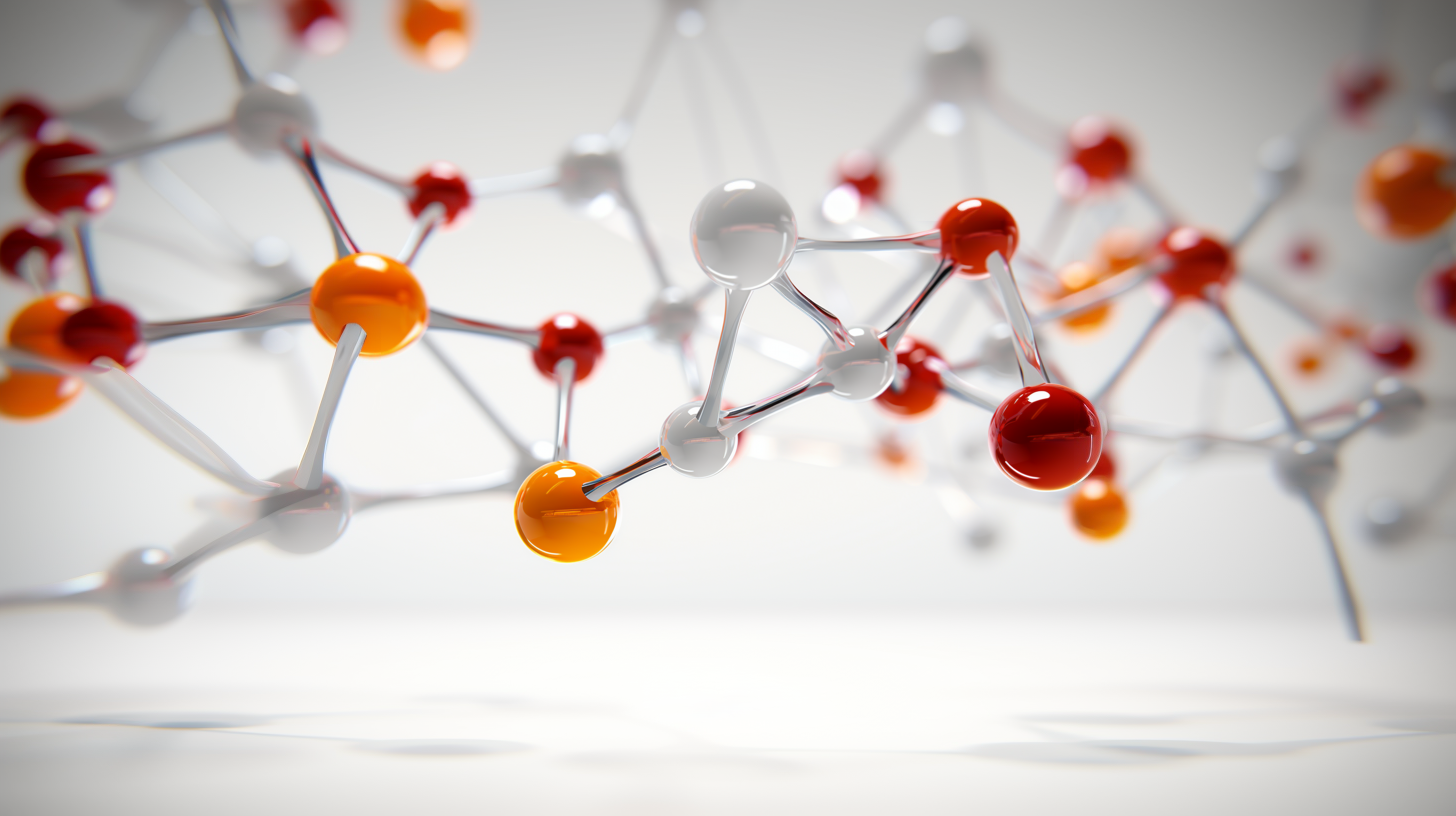
Topic world Synthesis
Chemical synthesis is at the heart of modern chemistry and enables the targeted production of molecules with specific properties. By combining starting materials in defined reaction conditions, chemists can create a wide range of compounds, from simple molecules to complex active ingredients.
Last viewed contents
Is lignin the crude oil of the future? - Maybe so, thanks to the Sun and photocatalysts!
Givaudan joint venture with ChemCom for Olfactory Receptor Research
High_frequency
Gustav_Victor_Rudolf_Born
Malvern Instruments and Rutgers collaborate on materials characterization lab at Center for Ceramic Research
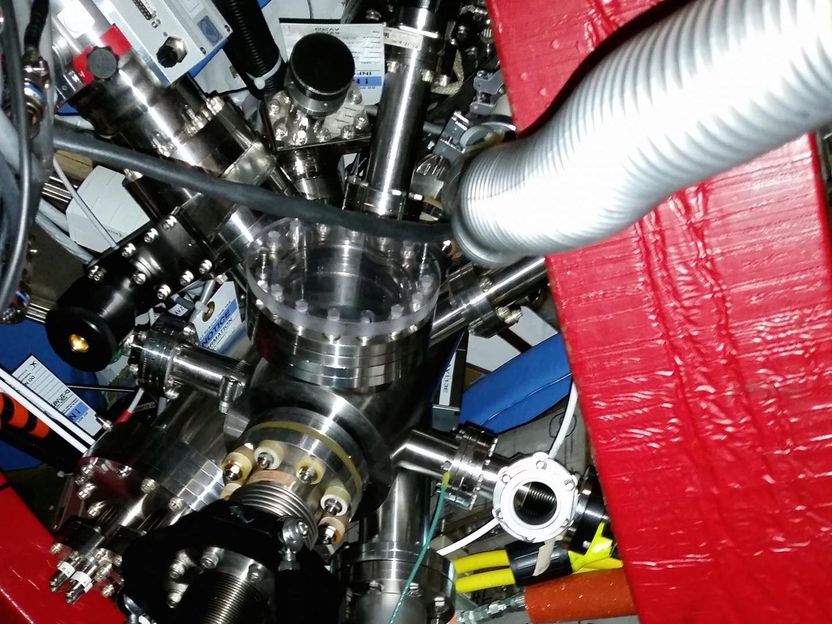
Researchers successfully test device that analyzes components within a vacuum
Introducing the next generation of chemical reactors
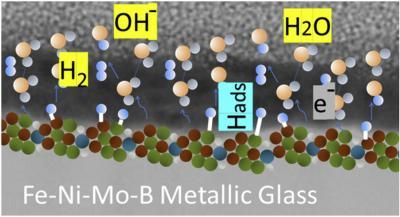
Scientists got one step closer to solving a major problem of hydrogen energy - Metallic glass has the potential to replace palladium

Eco-friendly textiles without PFAS - "The technology is environmentally friendly and also has interesting economic potential"
Roger_Altounyan
